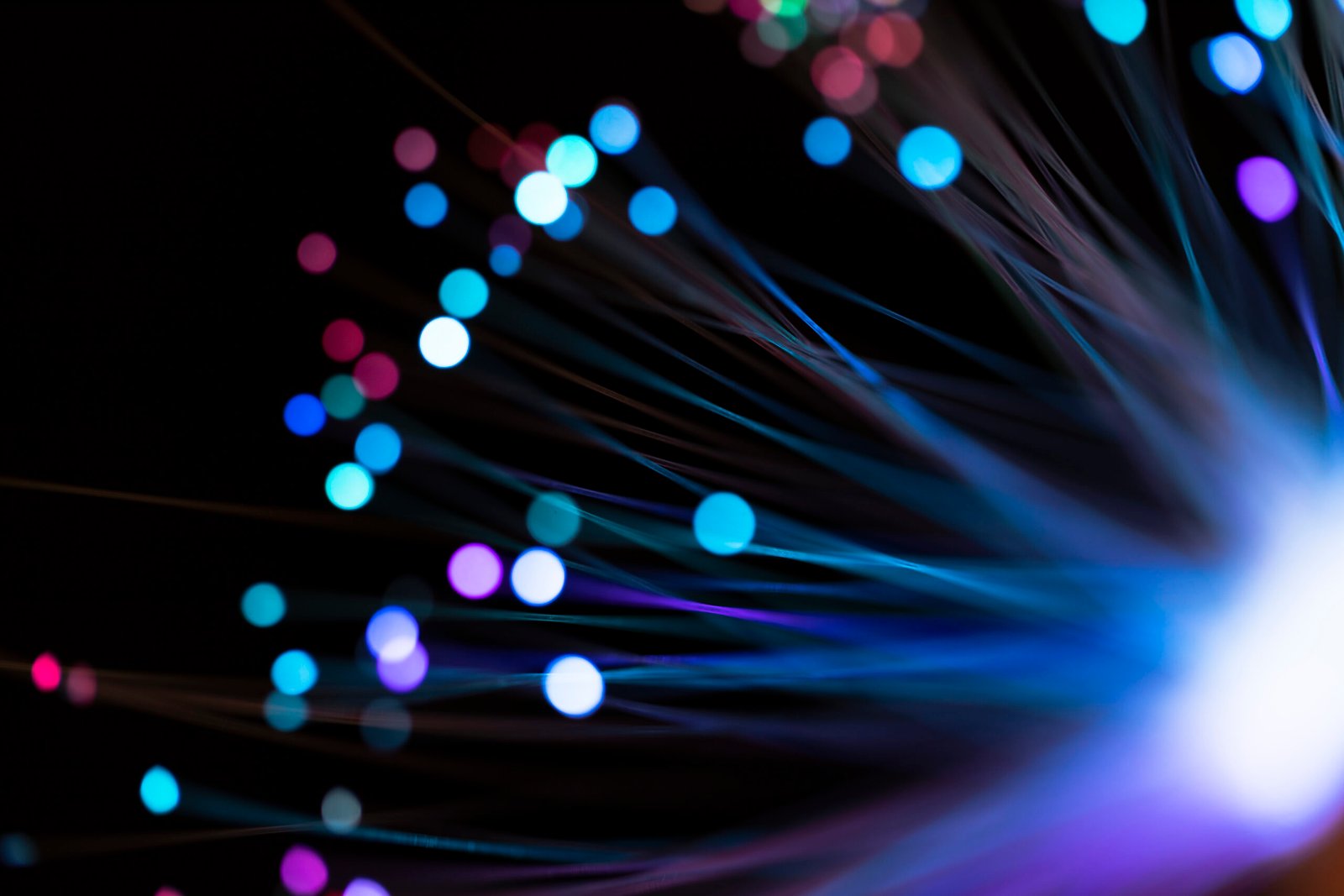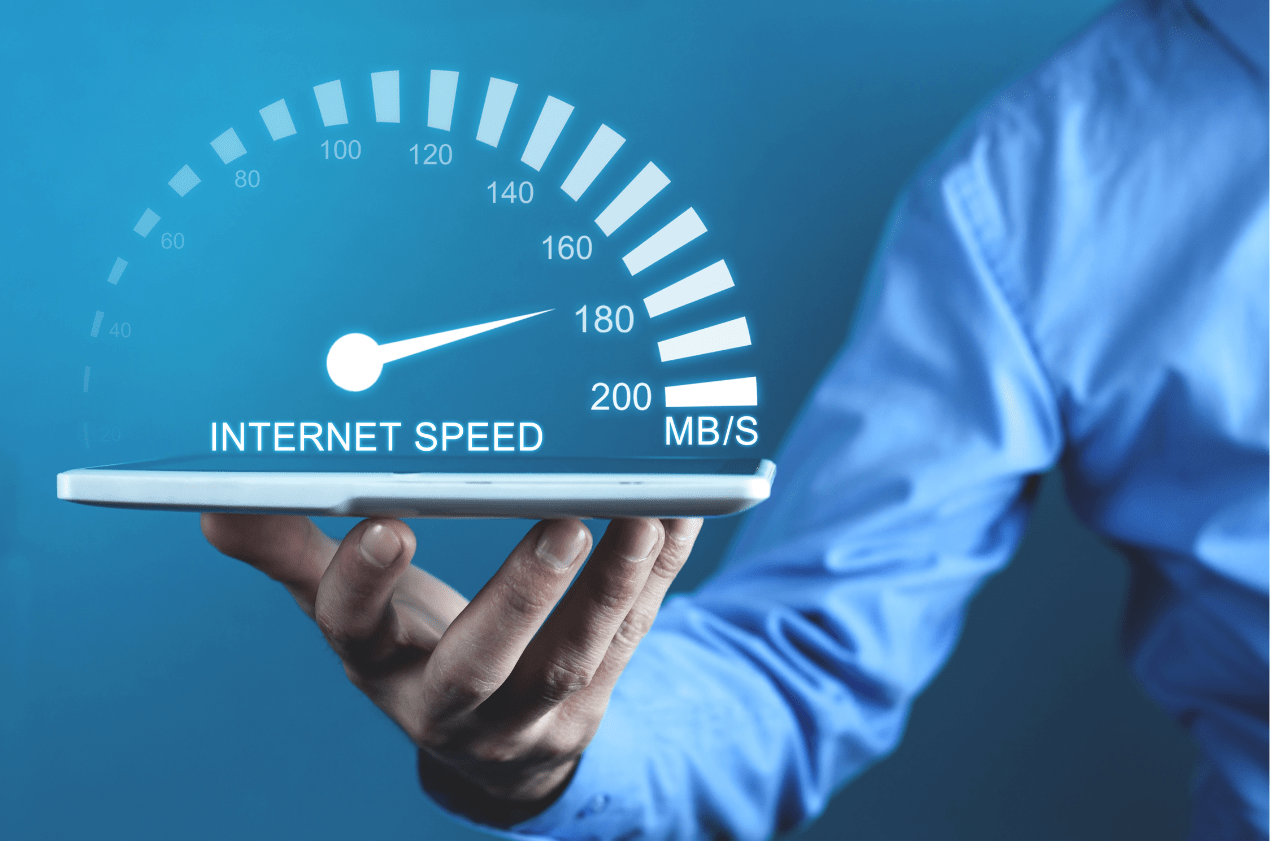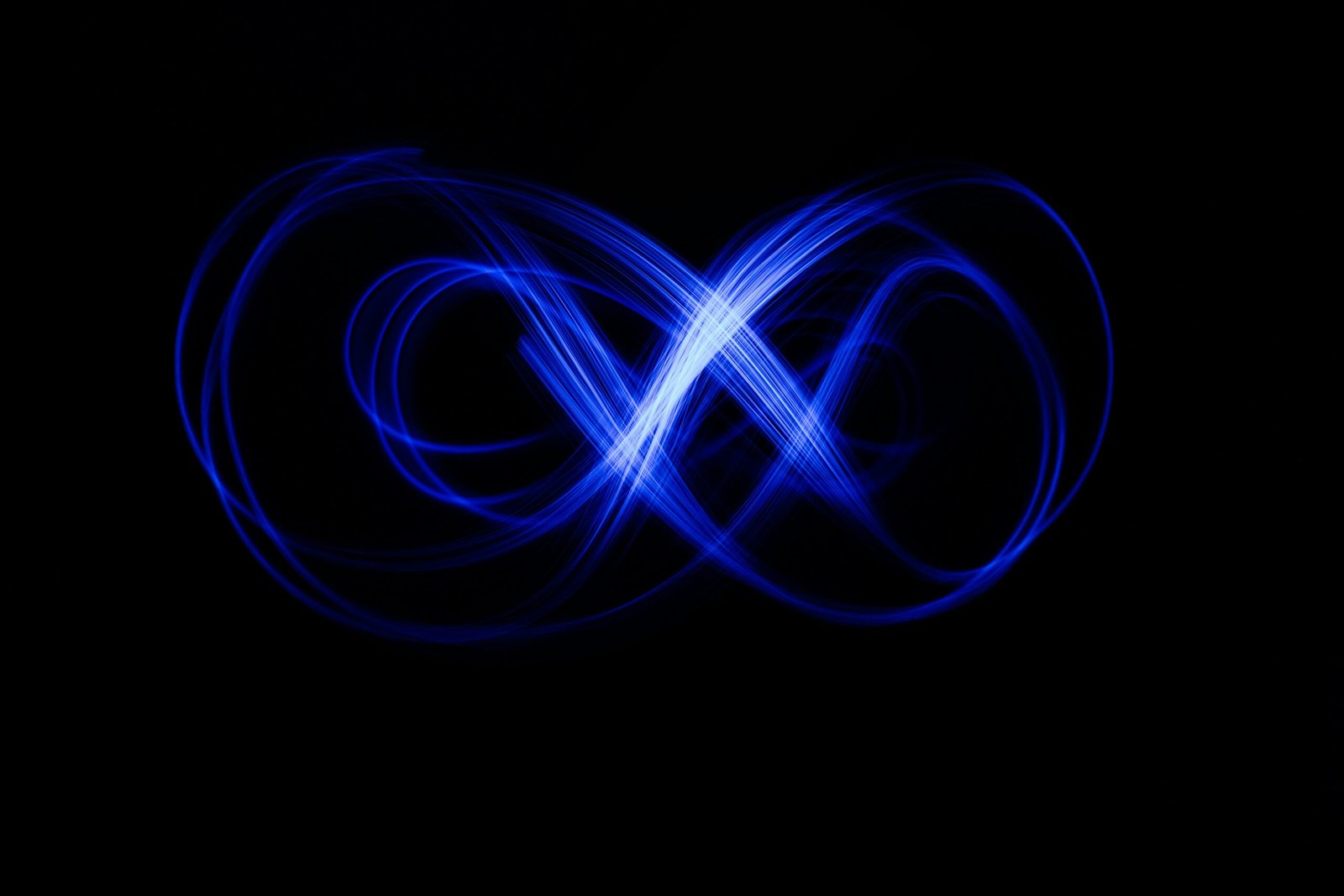
Perspective on light-fidelity and visible light communication

In an era where connectivity is central to every aspect of life, Light Fidelity Technology (LiFi) is revolutionizing the way data is transmitted. Traditional wireless communication relies heavily on radio waves, which are prone to interference, congestion, and security vulnerabilities. LiFi (Light Fidelity), built on Visible Light Communication (VLC), offers a high-speed, secure, and interference-free alternative by leveraging LED light for wireless data transmission.
The demand for high-speed wireless communication is growing rapidly with the expansion of the Internet of Things (IoT), smart cities, and advanced industrial automation. Conventional wireless networks, such as WiFi, face congestion issues due to the increasing number of connected devices, leading to slower speeds and reduced efficiency. In contrast, LiFi Light Fidelity operates in the visible light spectrum, offering a vast, untapped resource for high-speed wireless data transmission.
As an emerging innovation, Light Fidelity Technology provides ultra-fast, secure, and efficient connectivity solutions across various industries, from healthcare and defense to smart homes and autonomous vehicles. However, to fully grasp the potential of LiFi Light Fidelity, it is essential to explore the fundamental principles of Visible Light Communication (VLC) and how it enables this revolutionary technology.
Utilizing Visible Light Technology in Data Reception and Transmission
Visible Light Communication (VLC) is the foundation of LiFi Light Fidelity, enabling data transmission through modulated light waves. This technology capitalizes on the visible spectrum of electromagnetic waves, which remains largely untapped compared to heavily utilized radio frequencies.
How VLC Works for Data Transmission
- LED Light Modulation – Light-Emitting Diodes (LEDs) serve as data transmitters, rapidly switching on and off to encode digital information. These light pulses occur at speeds imperceptible to the human eye, allowing seamless integration into everyday lighting systems.
- Photodetector Reception – A specialized photodetector or light sensor captures the modulated light signals, interpreting the fluctuations as binary data.
- Data Processing – A receiving device decodes the transmitted data, converting it into usable information for connected systems, similar to how WiFi converts radio waves into digital communication.
Since Light Fidelity Technology utilizes visible light, it offers numerous benefits over conventional radio frequency (RF) communication:
- Enhanced Security: Because light cannot penetrate walls, Visible Light Communication (VLC) significantly reduces cyber threats and eavesdropping risks.
- Minimal Interference: Unlike WiFi, which suffers from congestion due to overlapping frequencies, Light Fidelity Technology operates independently of RF signals, making it ideal for high-security environments.
These advantages position LiFi Light Fidelity as a leading alternative for next-generation wireless communication.
How Visible Light Communication is Used for Light Fidelity
Many wonder, "What is Light Fidelity?" and how does it differ from traditional wireless communication? The meaning of Light Fidelity extends beyond simple data transmission—it represents an entirely new approach to networking that uses LED lighting infrastructure for high-speed, high-security wireless connectivity.
LiFi vs. WiFi: A Comparison
| Feature | LiFi (Light Fidelity) | WiFi (Radio Frequency) |
| Speed | Up to 100 Gbps, typically 1–10 Gbps | Up to 100 Gbps, typically 1–10 Gbps |
| Security | High (light is confined within physical spaces) | Lower (RF signals can be intercepted) |
| Interference | None (does not interfere with RF devices) | Susceptible to congestion & interference |
| Penetration | Does not pass through walls | Can penetrate walls and barriers |
| Energy Efficiency | Uses LED lighting, consuming less power | Higher power consumption |
Due to these advantages, LiFi Light Fidelity is being adopted in industries that demand high security, speed, and reliability.
Real-World Applications of LiFi Light Fidelity
- Defense and Military Communication – The French Armed Forces (Armées françaises) have implemented LiFi technology to provide secure, interference-free communication within military sites, where radio-based networks pose security risks.
- Healthcare – Hospitals are deploying Light Fidelity Technology to facilitate wireless medical data transfer, ensuring hygienic, interference-free communication between devices in sensitive environments.
- Smart Cities & IoT – VLC-enabled streetlights, public transport systems, and municipal buildings are integrating LiFi Light Fidelity to provide fast, secure internet access while minimizing dependency on congested cellular networks.
- Education – Schools and universities are adopting Light Fidelity Technology to create high-speed, interference-free wireless networks in classrooms and lecture halls. LiFi enables reliable internet access in environments where radio frequency-based WiFi may be unreliable or restricted, ensuring seamless connectivity for digital learning and research applications.
By integrating Visible Light Communication (VLC) into everyday environments, LiFi Light Fidelity is not just an alternative but a transformative upgrade to traditional wireless networking.
Architecture of VLC System for LiFi
A VLC-based LiFi system consists of three primary components:
- Light Source (Transmitter): High-speed LED or laser diodes that modulate light waves to carry data.
- Photodetector (Receiver): A light sensor that captures modulated signals and converts them into digital data.
- Processing Unit: A decoder that translates binary data into a format usable by end devices.
Unlike WiFi, which requires dedicated routers and access points, LiFi Light Fidelity systems can be seamlessly integrated into existing LED lighting infrastructure, reducing additional hardware costs.
Terminology Concerning Visible Light Technology and Light Fidelity
For a deeper understanding of Light Fidelity Technology, here are some key terms frequently used in the industry:
- LiFi Light Fidelity: A high-speed, bidirectional wireless communication system using visible light instead of radio waves.
- Visible Light Communication (VLC): Data transmission through modulated light signals.
- Modulation Techniques: Methods like OOK (On-Off Keying), OFDM (Orthogonal Frequency Division Multiplexing), and PPM (Pulse Position Modulation) that optimize data transfer rates.
- Photodetector: A light sensor that receives and decodes modulated signals.
- Hybrid LiFi-WiFi Networks: Integrated systems that combine LiFi Light Fidelity and WiFi for seamless connectivity.
These concepts are crucial for businesses and consumers exploring LiFi Light Fidelity as a solution for high-speed, secure connectivity.
The Future of Light Fidelity
The future of LiFi Light Fidelity is promising, with several technological advancements underway:
- Integration with 6G Networks – Research indicates LiFi Light Fidelity will be a key component of 6G communication, supporting speeds beyond 1 Tbps.
- Autonomous Vehicles & Smart Transportation – VLC-enabled traffic lights and vehicle-to-vehicle communication will enhance road safety and smart traffic management.
- Augmented Reality & Virtual Reality (AR/VR) – Light Fidelity Technology will enable low-latency, high-speed AR/VR experiences in gaming, education, and remote training.
- Deep-Space Communication – Scientists are exploring LiFi Light Fidelity as a method for high-speed optical communication in space missions.
With widespread adoption on the horizon, LiFi Light Fidelity is set to redefine global connectivity standards.
Conclusion on VLC & Light Fidelity
As industries transition to more secure, energy-efficient, and high-speed wireless networks, LiFi Light Fidelity is emerging as a game-changing innovation. By leveraging Visible Light Communication (VLC), businesses and governments can achieve ultra-fast, interference-free, and highly secure data transmission.
For enterprises looking to integrate LiFi Light Fidelity, products like LiFiMAX® by Oledcomm provide enterprise-grade connectivity solutions. With seamless deployment, ultra-low latency, and industry-leading data speeds, Oledcomm is redefining the future of wireless communication.
By embracing Light Fidelity Technology, organizations can ensure faster, safer, and more efficient communication in an increasingly digital world.
Get in touch with our experts today!
Visible Light Communication (VLC) is a wireless technology that uses LED light to transmit data. It operates by modulating light signals at high speeds, which are then detected and decoded by a photodetector. Since VLC relies on visible light, it offers high-speed, secure, and interference-free communication, making it useful for applications in smart cities, healthcare, and industrial automation.
A Light Fidelity (LiFi) network is a high-speed, bidirectional wireless communication system that uses visible light instead of radio waves for data transmission. It utilizes LEDs as transmitters and photodetectors as receivers, providing ultra-fast, secure, and low-interference connectivity. LiFi networks are ideal for environments where traditional WiFi faces challenges, such as defense, healthcare, and smart infrastructure.
A VLC system consists of three key components:
- Light Source (Transmitter): An LED or laser diode that modulates light to carry data.
- Photodetector (Receiver): A light sensor that captures and decodes the modulated signals.
- Processing Unit: Converts the received optical signal into digital data for connected devices.
The architecture of VLC allows it to be integrated into existing lighting systems, making it a cost-effective and efficient solution for high-speed wireless communication.
Recent articles

Categories
See some more...



